
Researchers at U-M’s Rogel Cancer Center want to build a movement to understand how exposures to toxic metals, industrial pollution and “forever chemicals” called PFAS, are impacting the health and cancer risk of residents across Michigan.

Combating climate change requires developing new strategies for human settlement and activity. After all, more than half of total global carbon emissions come from the construction and maintenance of buildings, bridges, and roads. U-M experts, and initiatives like the Center for Low Carbon Built Environment and the Global CO2 Initiative, are driving new innovations in sustainable architecture, materials, transportation, and construction to secure a built environment better for human health, human connectivity, and the natural environment.

Researchers at U-M’s Rogel Cancer Center want to build a movement to understand how exposures to toxic metals, industrial pollution and “forever chemicals” called PFAS, are impacting the health and cancer risk of residents across Michigan.

In the fall of 1881, with the opening of the School of Political Science, Professor Volney M. Spalding began teaching what was considered the first forestry course in the United States.
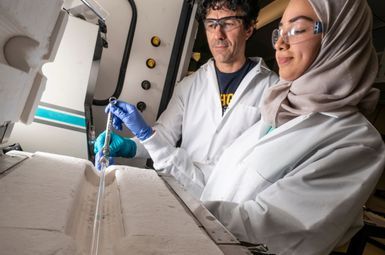
A new way to make an important ingredient for plastics, adhesives, carpet fibers, household cleaners and more from natural gas could reduce manufacturing costs in a post-petroleum economy by millions of dollars, thanks to a new chemical reactor designed by U-M engineers.
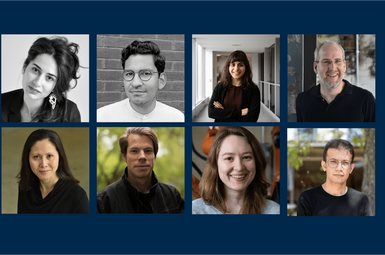
What materials and methods will allow us to design and construct low-carbon buildings? How can architects and designers promote social justice through community ownership of land? Through its Pressing Matters grant program, Taubman College has funded five faculty-led research and creative practice projects that address these questions.

Six new research projects will investigate the shifting dynamics of harmful algal blooms, economic trends in coastal communities, emerging fish viruses, and other issues relevant to the Great Lakes.

As the architect of the Solar Energy Research Institute, which won 42 awards and was named the most energy-efficient building in the world, Rich von Luhrte knows how something is built is just as important as what is produced and why. That knowledge and his passion for addressing climate change have led him to establish a scholarship supporting students studying urban design.

The City of Ann Arbor recently reached out to the Center for Sustainable Systems (CSS) to design a model of a geothermal energy system. The model will be used for public education and community outreach in Ann Arbor.
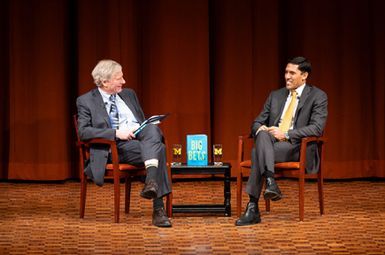
“Often we look at climate change or widespread human poverty or these deep inequities that hold so many communities back generation after generation, and we say to ourselves, these challenges are too complex. I’m just one person; what can I do to really make a difference?”
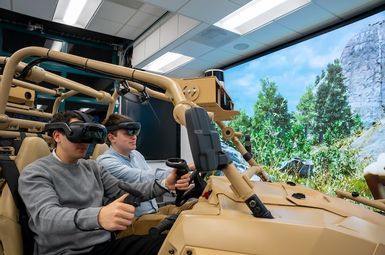
“We are driving the development of modern mobility systems with our advanced modeling and simulation methods, such as high-fidelity synthetic environments, virtual vehicle prototypes and virtual reality tools for human-autonomy teaming."
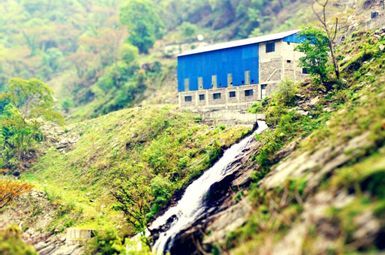
Four newly awarded sustainability “catalyst grants” at U-M are piloting innovative ways to bolster climate resilience and sustainability. Funded by the U-M Graham Sustainability Institute, these projects will explore renewable energy deployment in Nepal, climate justice in the Midwest, textile recycling innovation and equitable transportation planning.
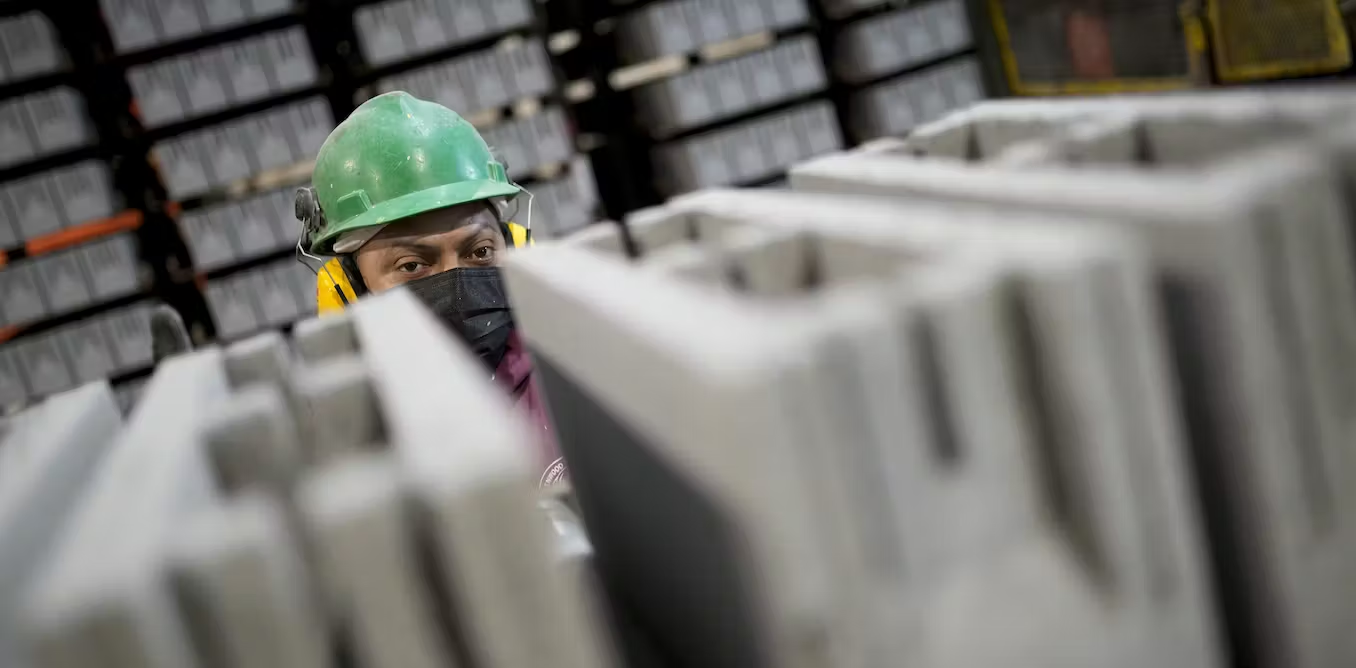
Capturing carbon dioxide from the air or industries and recycling it can sound like a win-win climate solution. The greenhouse gas stays out of the atmosphere where it can warm the planet, and it avoids the use of more fossil fuels. But not all carbon-capture projects offer the same economic and environmental benefits. In fact, some can actually worsen climate change.

Is it actually cheaper to own an electric vehicle instead of a gas vehicle? It depends. U-M researchers say that where you live matters. For instance, a midsize SUV costs more to own in Detroit than in San Francisco—one of the most expensive cities in the country.
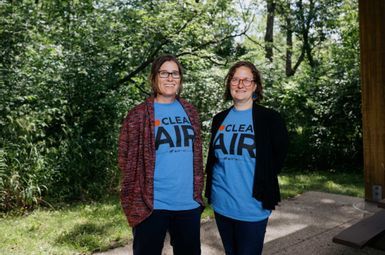
The Environmental Health Research-to-Action Academy is a community-academic partnership focused on building skills and intergenerational knowledge in environmental health, community science and policy advocacy to address cumulative environmental exposures in the nearby communities.
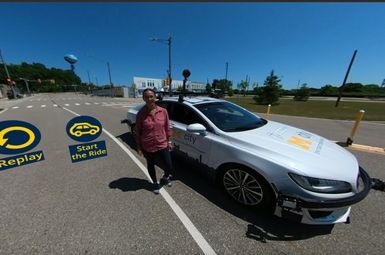
Autonomous and electric vehicles can be a positive force for people and the planet, but widespread gains require government incentives and investment to ensure access for users across the economic spectrum.
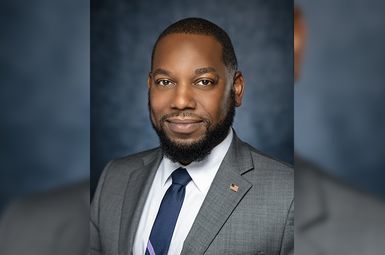
Associate Professor Tony Reames will be returning to the University of Michigan School for Environment and Sustainability (SEAS) from his leave of absence at the Department of Energy (DOE), where he served as the Principal Deputy Director for State and Community Energy Programs and the DOE’s Deputy Director for Energy Justice. Reames will become the Tishman Professor of Environmental Justice at SEAS and serve as the new Director of the SEAS Detroit Sustainability Clinic, effective January 2024.

LED lighting is up to 44% more efficient than 4-foot fluorescent tubes, according to a U-M study. Lighting is responsible for 11% of electricity use in commercial buildings and residential basements, garages and shops. Linear recessed lighting systems, which are also called linear fixtures or troffer lights, are among the largest opportunities for energy efficiency improvement, given their long operating hours.
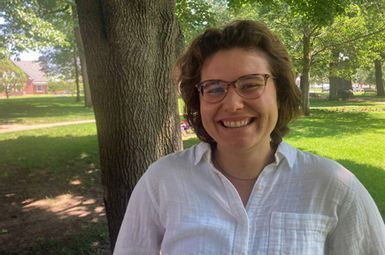
“Renters are often left behind in the clean energy transition because they often only live in a building for a year at a time, so it can be challenging for them to invest in energy efficiency changes to their homes.”

While Legionella bacteria can be found in natural freshwater environments, outbreaks of Legionnaires’ disease are more often associated with large water systems in public buildings, cooling towers, and other places where water is stagnant or flows at a low rate.
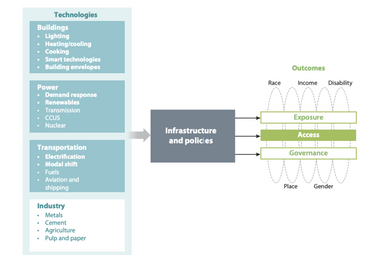
Because large disparities in access to green technologies exist between countries in the Global North and the Global South and among different demographic groups within those countries, it’s important to focus on equity in access to energy services and not simply on energy technologies, according to a new U-M review paper.

Over the course of the semester, U-M students are investigating drinking water-related issues in Michigan — including contamination, accessibility and affordability — to propose novel solutions.
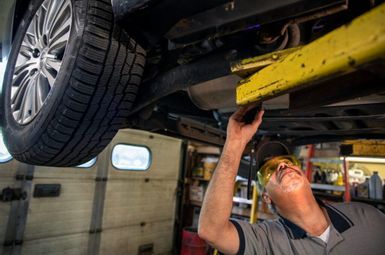
Electric vehicles (EVs) represent the largest auto industry shakeup since, perhaps, the introduction of the assembly line more than a century ago. Moving consumers from the internal combustion engines (ICE) that have powered their transportation since birth to something fundamentally different means major changes at all levels of the business.
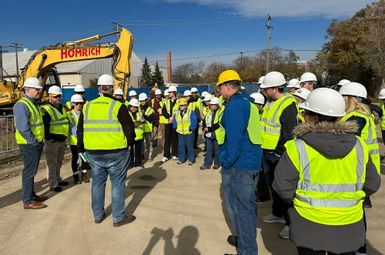
More than 100 U-M community members gathered Nov. 3 at the site of the future Central Campus residential development to observe construction efforts that will advance the university’s progress toward carbon neutrality.
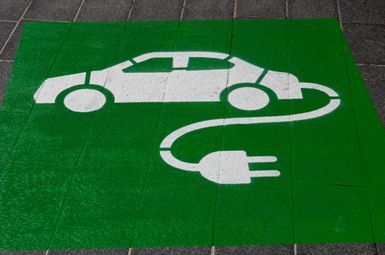
One of the goals outlined by the Biden administration’s National Climate Task Force in 2021 was to reduce U.S. greenhouse gas emissions to 50%-52% below 2005 levels by 2030. Now, a U-M study investigates one of the strategies to achieve this goal, which is to increase new vehicle sales to 50% electric by 2030. The study also reveals a path to meeting the targets.
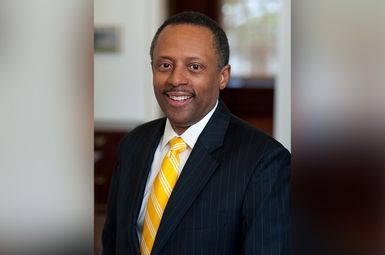
Ann Arbor and other cities across the Midwest and Northeast have been referred to by climate specialists as “climate havens,” natural areas of refuge that are relatively safe from extreme weather events such as intense heat and tropical storms.
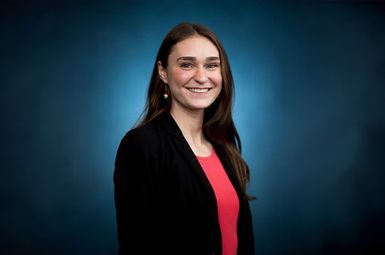
“Over a third of the energy we use in our homes goes to waste. That’s a lot! Programs like TCLP’s are essential in helping residents save money, support their health, and protect the environment.”
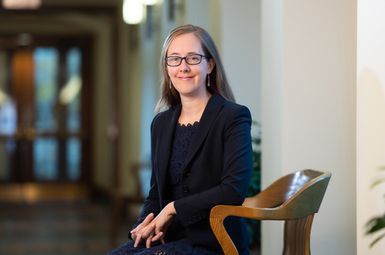
"In many parts of the world, the air pollution monitoring network is inadequate, so people just don't know how bad pollution is in their neighborhoods. And even when they have a monitor nearby, households might not be aware of the full range of health damages that they could be experiencing. So people don't always take adequate measures to protect themselves."
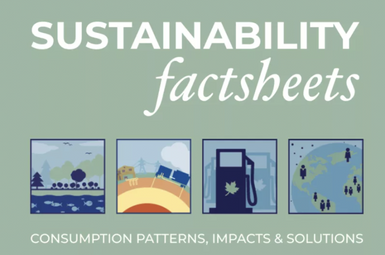
Each peer-reviewed factsheet presents data on patterns of use, life cycle impacts, and sustainable solutions. Updated annually by a current SEAS graduate student, the collection is a free resource to inform journalists, policymakers, business professionals, students, teachers and the public.
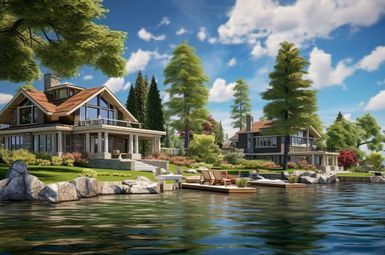
Nearly $1.23 billion has been spent by the U.S. government since 2004 on the cleanup of toxic pollutants in waterways resulting from manufacturing activities in historic areas around the Great Lakes.
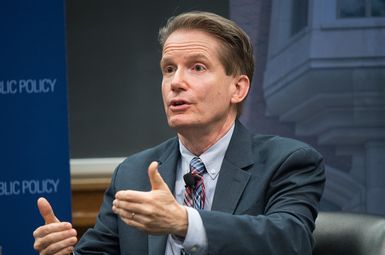
"The possibility of a sudden shift [of policy] would be pretty shocking for the industry to absorb. (...) I can’t imagine the industry is going to want to be jerked back and forth every four or eight years.”
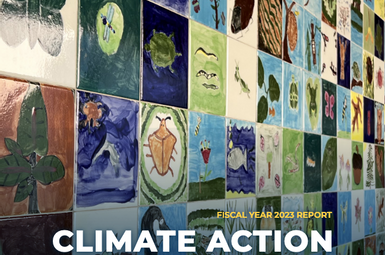
Since 2010, the university has reduced its total greenhouse gas emissions by 28%, even as total building area has increased by 14%. U-M is on pace to reduce its total quantified emissions by 50% by 2025, exceeding Intergovernmental Panel on Climate Change guidance to reduce emissions by 45% by 2030.
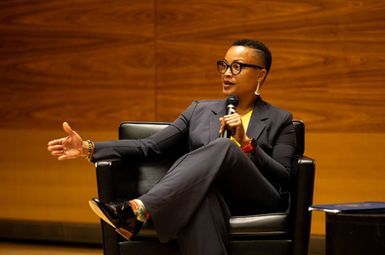
We are in an “extraordinary moment” to create an equitable clean energy future. And Michigan, like other states, is an “essential part” of bringing forth that future.
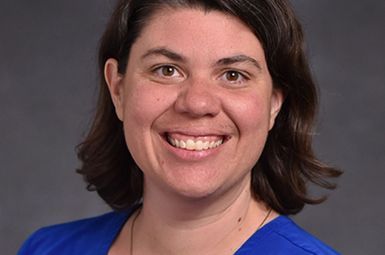
"Michigan’s legislative leadership earlier this year announced its intention to introduce a package of bills to accelerate the Mi Healthy Climate Plan. Recently, Governor Whitmer put her support behind the proposal and echoed what those involved in the renewable energy transition have noted for some time: the current approach to permitting clean energy projects is broken."

“Water conservation and access” brings a slew of images to mind: wastewater flowing through main lines to a city treatment plant, a fisherman yanking invasive mussels off the hull of a trawler, the installation of filters in communities that lack access to safely managed drinking water.
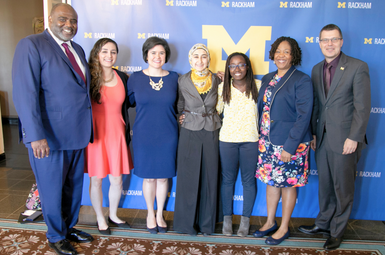
The old adage “the end justifies the means” is one way to critically paraphrase the philosophical underpinnings of the early 20th century environmental conservation movement. Historically, conservation leaders have stolen land from Indigenous people, enacted eminent domain land grabs, and perpetrated other unjust actions in service of environmental conservation. Rackham alum Rebeca Villegas (M.S., M.U.R.P. ’20) is changing that harmful dynamic.
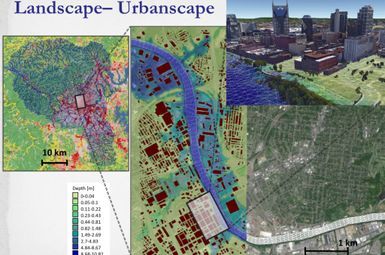
The devastating floods that ripped through the northeast United States are among the most recent in a long string of severe flooding events occurring worldwide, which make it plain that better flood predictions and safety plans are needed. According to the Organization for Economic Cooperation and Development, flooding causes $8 billion in losses on average annually in the U.S. alone.

No amount of air pollution is good for the brain, but wildfires and the emissions resulting from agriculture and farming in particular may pose especially toxic threats to cognitive health, according to new research from U-M. Increasingly, evidence shows exposure to air pollution makes the brain susceptible to dementia.
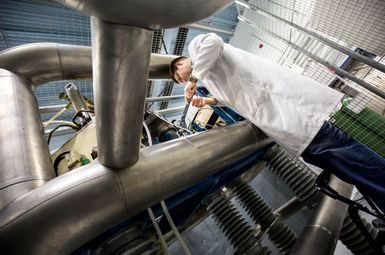
In an effort to speed the licensing of advanced nuclear reactors, ensure that communities are respected during reactor siting, monitor and limit corrosion in nuclear reactors, and more, the Department of Energy has awarded $7.5 million to Michigan Engineering researchers.
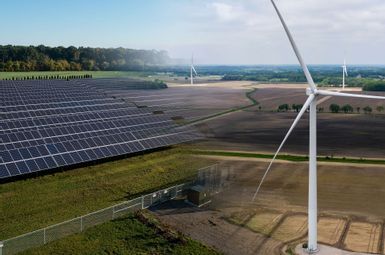
The Center for EmPowering Communities will help Michigan communities tackle the planning and zoning challenges related to renewable energy projects such as wind and solar installations. In addition, the center will spur collaborative research that integrates social science with technology design, community engagement and policymaking.
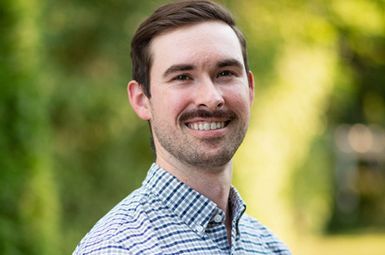
The winning submission provided a hyperlocal blueprint for safe CO2 sequestration and integrative city planning in Houston, Texas, with a replicable pipeline system designed for major metropolitan areas.
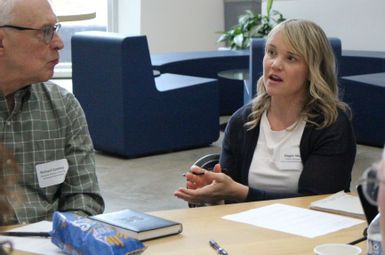
A cross-functional group is working to advance a strategic roadmap for developing targeted research domains and building out capacity and industry partnerships that will position U-M as a leader in accelerating low-carbon building innovations.

"There’s a huge need for people who understand the natural environment and want to work in the urban setting. It’s a surprising gap where best and promising practices from natural resource management don’t make it into the urban planning and urban design space."
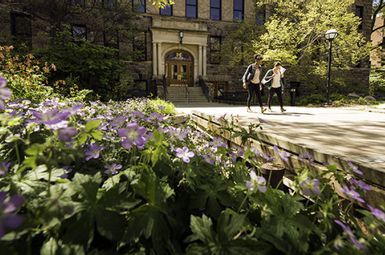
"We often say you don’t know where you’re going unless you know where you came from. Studying our history and being aware of all of the deep nuances of Black ag history is so important for what we’re doing today."
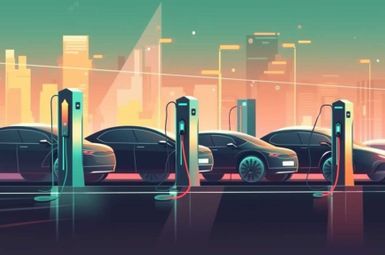
A new study estimates that the overall benefits to society of switching ride-hailing vehicles from gasoline to electric would be very modest—on average, a 3% gain per trip when other “costs on society” are factored in.
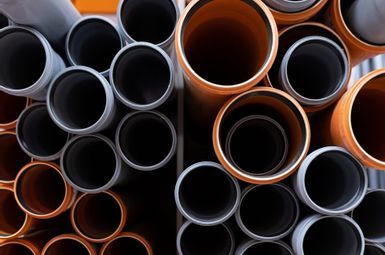
Polyvinyl chloride (PVC) is practically everywhere. Inexpensive to produce and highly versatile, it has been employed in a host of everyday goods. Its utility, unfortunately, is matched by its toxicity.

Engaging researchers from nine units across U-M and several other academic institutions, along with multisectoral partners, the projects will explore community solar, agrivoltaics, carbon-neutral building materials, aviation fuel waste reduction, and sustainable archeology.